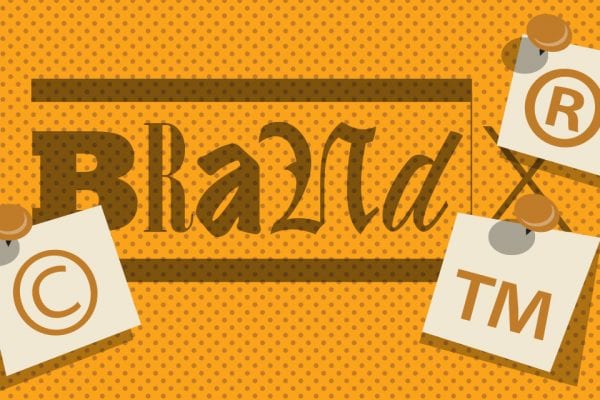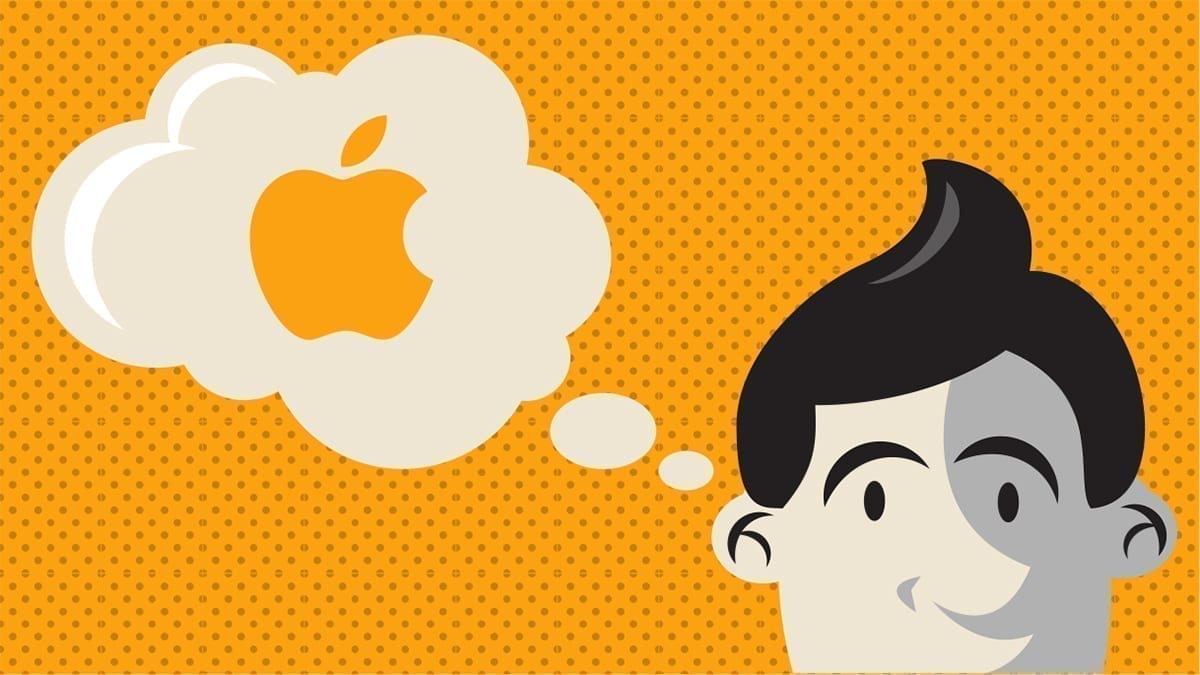‘Shake it like a Polaroid picture…’ A line from OutKast’s ‘Hey ya!’. It wasn’t talking about the mad flapping of the small square instant images that many of us knew of in the 70’s and 80’s, but something very different. However the analogy worked. Even though the song was released in 2003, well after Polaroid’s images needed to be shaken.

It got me thinking about items that use retro design as a selling point. How brands today are taking cues from yesterday to get buy in from their audience. From lilo’s and mobile phone covers printed to look like compact cassette tapes to the Nissan Figaro Concept car to the resurgence of vinyl, our love of retro seems to be alive and kicking and creating profit for brands the world over.
But why?
It may seem obvious, but in psychological terms, vintage products could represent meanings, values and aspirations of a society in an earlier era. An era in which the consumer was young or maybe even before they were born. It’s often that consumers use these representations to help build a persona to the outside world that is strongly personal, signaling their unique taste and identity. In some ways creating a distance between themselves and ‘today’. In terms of the producers, they also have tapped into this need – maybe also seeing it in themselves?
In addition to the self-expressive function of products harking back to ‘good’ times past, there is strong evidence these ‘links’ to bygone days are being sought by people to stimulate a mental connection with that ‘better’ past. This link to yesterday in turn helps them defend themselves against a ‘psychological threat’ from the modern world.
watching our favourite old TV show, listening to music from our childhood, or eating the food we grew up with may make us feel better.
In a 2010 study published in the Journal of Consumer Research, Katherine Loveland, Dirk Smeesters and Naomi Mandel examined conditions that increase consumers’ likelihood to consume nostalgic products, defined as ‘products that hark back to items that were popular when one was younger’. The authors suggest that whenever we feel left out, watching our favourite old TV show, listening to music from our childhood, or eating the food we grew up with may make us feel better.
In another study by a group of researchers led by Ling Zhou of Hunan University, China showed that consuming nostalgic products helps people deal with insecurities. They explained that modern life can cause major anxiety among consumers. As an alternative mechanism to deal with the anxiety, consumers will look for emotional comfort from past experiences.
You see this looking back to a past we may (or may not) smile about all across modern life. Social media is full of pictures of our younger selves, images of the items we once owned (or maybe still do). Even our own Instagram account has images of packaging from yesterday. Facebook thrives off history – from how long you’ve been friends, a picture of the ‘chopper’ all the cool kids owned with comment after comment saying ‘I had one of those!’.
So why talk about retro design here?
Like with most things, we can look at the subject in terms of branding and brand identity. Sometimes, the best way forward in terms of branding and marketing involves simply sharing the same consistent image over and over until your audience becomes familiar with you. It’s also why brands that have existed a while sit better in our minds. We trust companies that have been round the block a few times, they must be doing something right. Right?

So can we cut this ‘time’ down by leveraging the world of vintage, shortening the time to become familiar by using imagery that already seems familiar? Creating an identity with elements that are ‘retro’ can benefit you in terms of recognition and consumer ‘buy-in’. This wouldn’t suit every organisation, but if your product or service lives in the ‘now’, this could help you connect with consumers quicker on a deeper level. Building your brand in terms of recognition, associating you with the comforting knowledge of the familiar can help build loyalty.
These are there to get across an idea of craftsmanship, harking back to a time when to create an image it took time.
On this very site, we’ve used retro images. These are there to get across an idea of craftsmanship, harking back to a time when to create an image it took time. This is how we work, our first impulse when starting a new project isn’t to crawl the internet and look for ready made items to plunder. We start with a blank sheet of paper and start drawing. We use ideas to help define imagery, texture and style in turn to help better portray the brand we are helping to build in the way they want to be seen. By not using ‘stuff’ from the web, we create something more ownable and a lot more unique.

Some brands use their history and real vintage well, others create their own perceived history. But branding is all about telling a story, so branding that is both relevant and connects well to the audience will always break through. Basically, there is only value in convincing your audience that your brand has a vintage background it it creates something unique that no one else can deliver.
Whilst our digitised modern lives are so packed full of stimulus, we will always find the need to look back to the innocent days when nothing was instant. And may the humble cassette tape live on a little longer in the minds of a generation that probably never heard one.
Puur is a design company with creativity, craftsmanship and the attention to detail at its core. Our decades of experience from both sides of the design ‘fence’ gives us a better understanding of the needs in today’s world of business. We know that our work will always be used as a business tool, it has a function, answers a need. Give us a call today to chat over your needs and how we can help.









